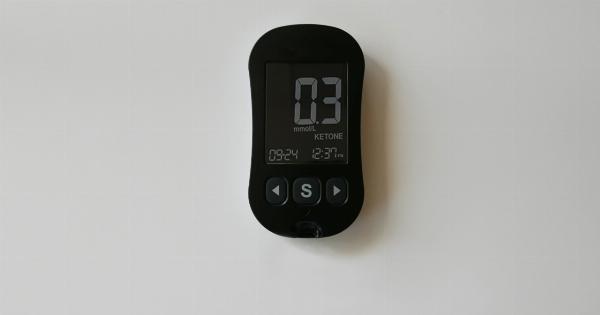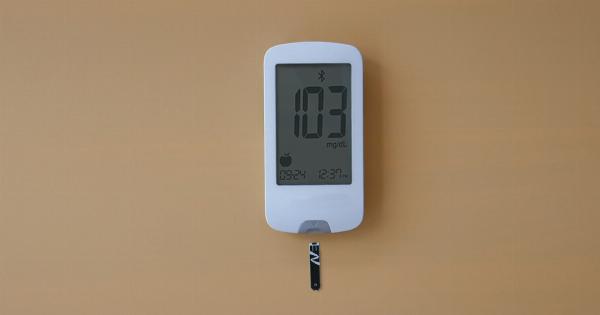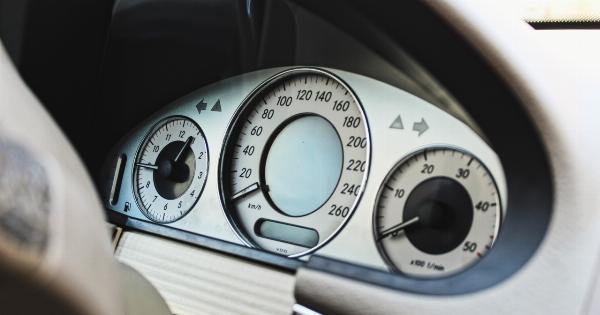High blood pressure, also known as hypertension, is a common condition that affects millions of individuals worldwide. It is a major risk factor for various cardiovascular diseases, including heart attack and stroke.
Blood pressure is the force exerted by the blood against the walls of the arteries as it flows through them. It is measured in millimeters of mercury (mm Hg) and consists of two numbers: the systolic pressure over the diastolic pressure.
The Importance of Accurate Blood Pressure Assessment
Accurate assessment of blood pressure is crucial in diagnosing and managing hypertension.
It enables healthcare professionals to identify individuals who require interventions to reduce their blood pressure and minimize their risk of developing complications.
New Guidelines for Blood Pressure Assessment
Over the years, guidelines for blood pressure assessment have been refined to ensure accuracy and consistency.
Recently, updated recommendations have been introduced to provide healthcare providers with more comprehensive strategies for assessing blood pressure. Here are the latest guidelines for blood pressure assessment:.
1. Blood Pressure Measurement Method
The recommended method for blood pressure measurement is auscultation using a mercury sphygmomanometer or aneroid device. Automated devices are also considered valid and reliable if they have been validated according to international standards.
2. Cuff Selection and Size
A proper cuff selection and size are essential for accurate blood pressure measurement. The bladder width should be at least 40% and the bladder length at least 80% of the arm circumference.
Using a cuff that is too small can result in higher blood pressure readings.
3. Patient Preparation
Prior to blood pressure measurement, patients should be seated comfortably for at least 5 minutes in a quiet room.
They should avoid smoking, caffeine, and physical exercise for at least 30 minutes before the measurement, as these factors can temporarily raise blood pressure levels.
4. Arm Position
The patient’s arm should be supported at heart level during blood pressure measurement. Placing it above or below heart level can lead to inaccurate readings.
The patient’s back and feet should be supported, and they should not cross their legs.
5. Number of Measurements
Two or more blood pressure measurements should be obtained on separate occasions to establish an accurate diagnosis. Ideally, these measurements should be taken on different days, using the same arm and under similar conditions.
Ambulatory blood pressure monitoring may also be considered for more precise evaluation.
6. White Coat Hypertension and Masked Hypertension
White coat hypertension refers to the phenomenon where blood pressure readings are higher in medical settings due to anxiety or stress. Masked hypertension, on the other hand, occurs when blood pressure is higher outside of the medical environment.
Both conditions can significantly impact diagnosis and management.
7. Home Blood Pressure Monitoring
Home blood pressure monitoring is recommended for individuals suspected of having white coat hypertension or masked hypertension.
It involves taking blood pressure measurements outside of a medical setting to obtain a more accurate representation of an individual’s blood pressure pattern.
8. Self-Measurement of Blood Pressure
Self-measurement of blood pressure at home is a valuable tool for assessing an individual’s blood pressure control.
It empowers patients to actively participate in their management and allows healthcare professionals to make informed decisions regarding treatment adjustments.
9. Ambulatory Blood Pressure Monitoring
Ambulatory blood pressure monitoring (ABPM) is a method in which blood pressure measurements are taken at regular intervals (usually every 15-30 minutes) over a 24-hour period.
ABPM provides information about an individual’s blood pressure patterns throughout the day and night, offering valuable insights into their overall blood pressure control.
10. Blood Pressure Goal
The target blood pressure goal for most individuals with hypertension is now set at 130/80 mm Hg. However, personalized treatment targets may be established based on the presence of comorbidities, age, and individual patient characteristics.




















